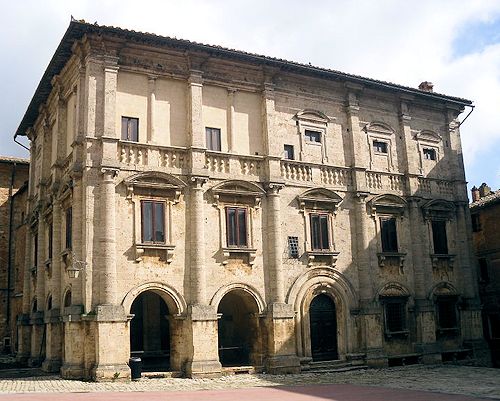history | not an easy book |
|
|
|
Indeed a propensity to break the order can justify exaggerating it. A valid formalism, or a kind of paper architecture in this context, compensates for distortions, expediencies, and exceptions in the circumstantial parts of the composition, or for violent superimpositions in juxtaposed contradictions. In recent architecture Le Corbusier in the Villa Savoye, for example, accommodates the exceptional circumstantial inconsistencies in an otherwise rigid, dominant order.
|
But Aalto, in contrast to Le Corbusier, seems almost to create the order out of the inconsistencies, as can be seen in the Cultural Center at Wolfsburg.
|
An historical example will perhaps help to illustrate this relation of order and exception. The applique of arches and pilasters on the Palazzo Tarugi maintains itself against the sudden impositions of "whimsical" windows and asymmetrical voids. The exaggerated order, and therefore exaggerated unity, along with certain characteristics of scale, are what make the monumentality in the Italian palazzo and some of the work of Le Corbusier. The circumstantial oppositions in their compositions, however, are the secret of their kind of monumentality-that which is neither dry nor pompous. Although Aalto's order is not quite so easily grasped at first glance, it involves similar relationships of order and the circumstantial.
|
www.quondam.com/45/4505r.htm | Quondam © 2019.10.16 |


